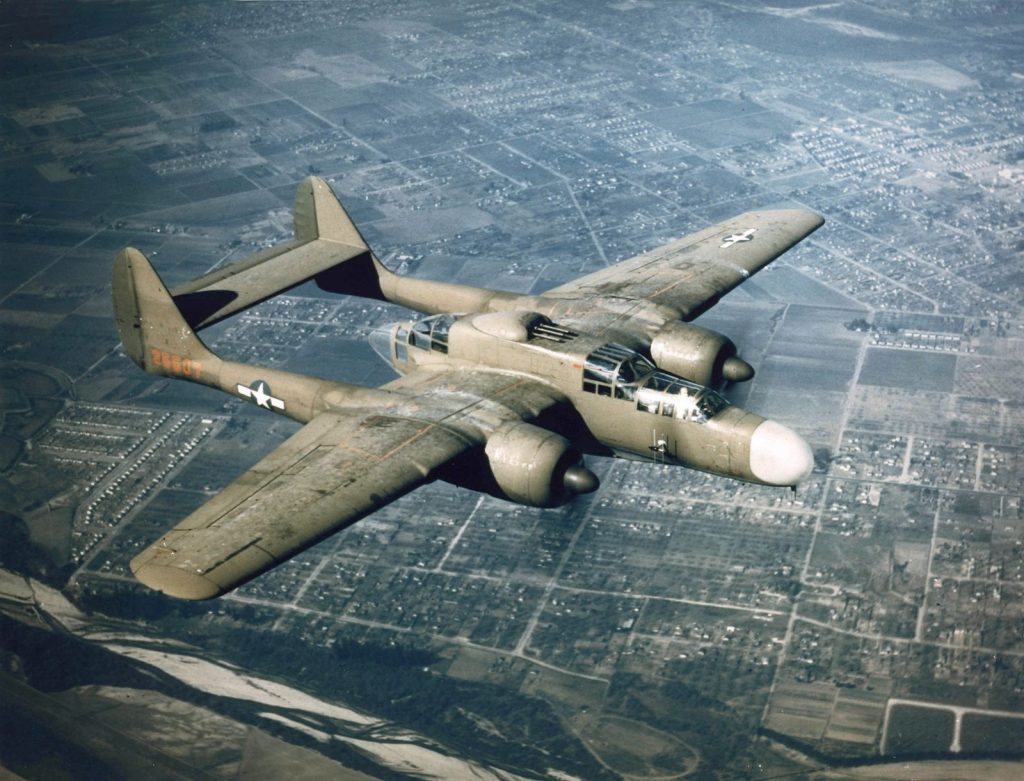World War II was a time of great destruction that took many of the world nations into its atrocities. Militaries from all across the globe joined forces to form two sides and battle it out against each other to gain the superior edge.
With war comes the time when the man’s limit for creation is taken to a new extreme and same was the case for all the technologies that were given rise to that time., jet technology is also one of the most amazing breakthroughs of that era. Although came near the end of the war, it still sent the world into a new age of aviation technology.
Before jet fighters, the battles in the skies were carried out by the propeller-driven aircraft that were nonetheless the peak f ovation technology at that time.
For our readers today we have started a new list to present you with the iconic planes of World War II. In this regard, we present the Amazing planes of World War II (part 1).
Northrop P-61 Black Widow
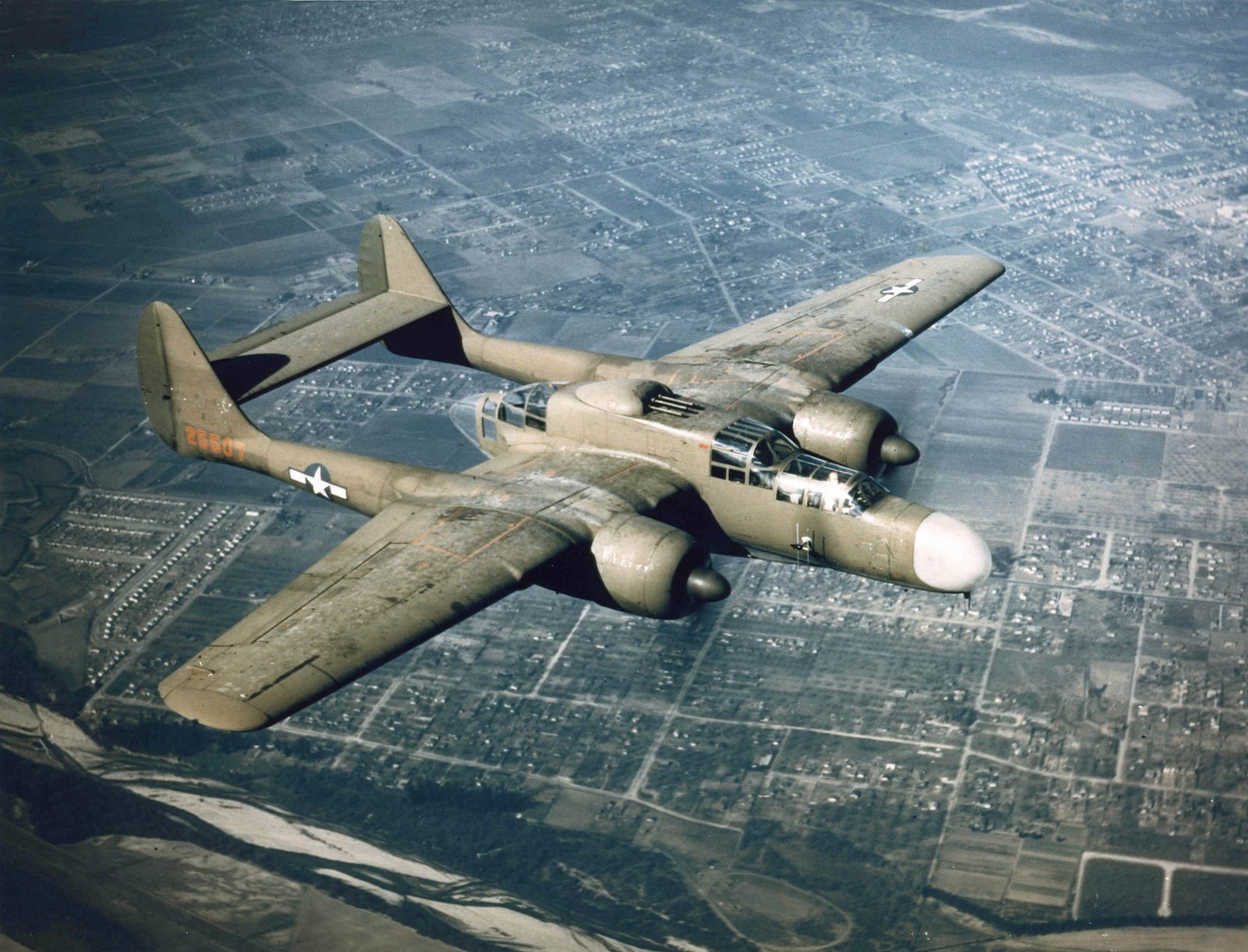
The Northrop P-61, despite having such an ominous name was not able to garner the fame that other American fighter planes did during World War II. That is also a shame because the Northrop P-61 Black Widow since entering the service back in 1943 and serving a spotless service record until 1954 was an amazing aircraft.
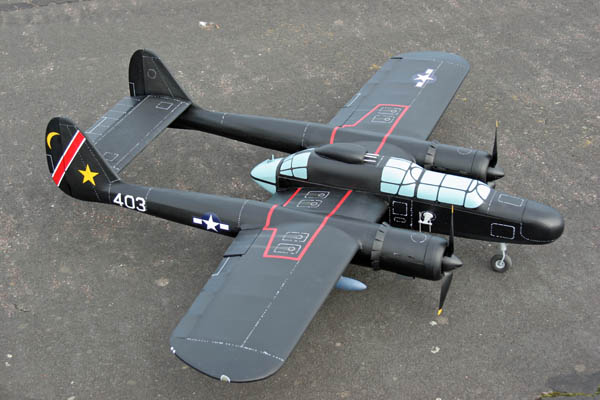
The aircraft was designed to be able to work with the British made radar and to perform at high altitudes as a long-range night fighter plane with an ability to engage toe to toe with enemy bombers before they could ever reach their targets.

The Northrop P-61 was powered by 2 Pratt & Whitney Double Wasp radial engines that gave it a horsepower of 2250 along with an impressive range of 600 miles. As for the weapons, the Northrop P-61 was equipped with 4 of the .50 caliber M2 machine guns.
In these modern times, none of the Northrop P-61s are in optimum condition.
de Havilland Dh.98 Mosquito
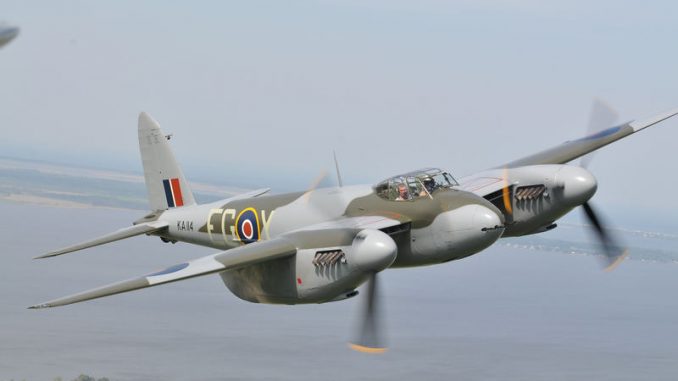
The de Havilland Dh.98 Mosquito was a multirole fighter plane that was like Ju-88 intended to serve the following purposes.
- Fighter bomber
- Fast bomber
- Reconnaissance aircraft
- Intruder aircraft
- Night fighter
The aircraft also had at time capability to operate as a light cargo transport aircraft. It was used for such purposes when the need to deliver the cargo through the neutral or enemy riddle areas was a necessity.
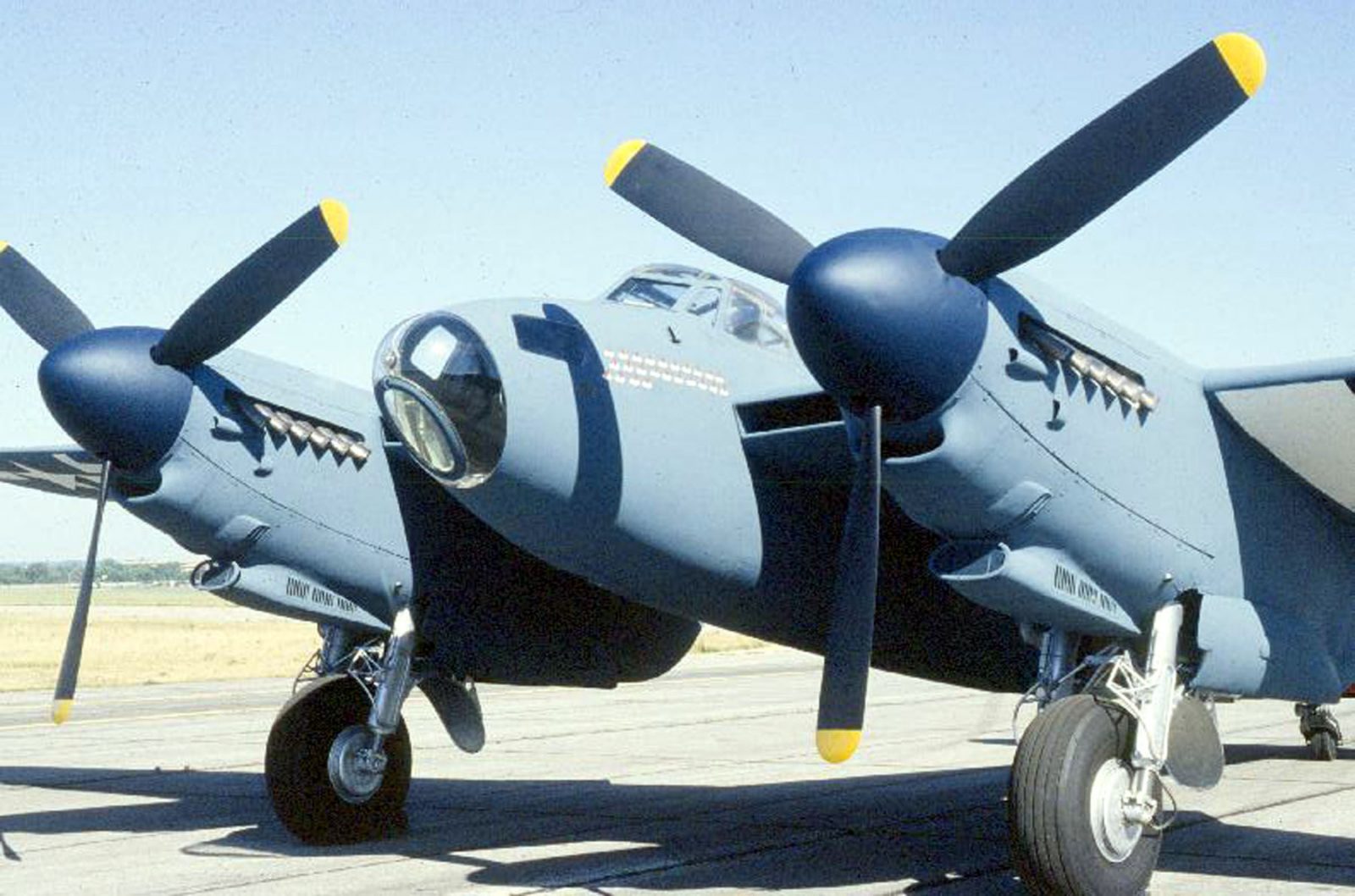
The aircraft was designed to be easily operated by a crew of 2 members; one of which was a navigator and other was a pilot. The de Havilland Dh.98 Mosquito was built around 2 of the Rolls Royce Merlin engines that gave it a top speed of 336 mph at a maximum altitude of nearly 29000 feet.
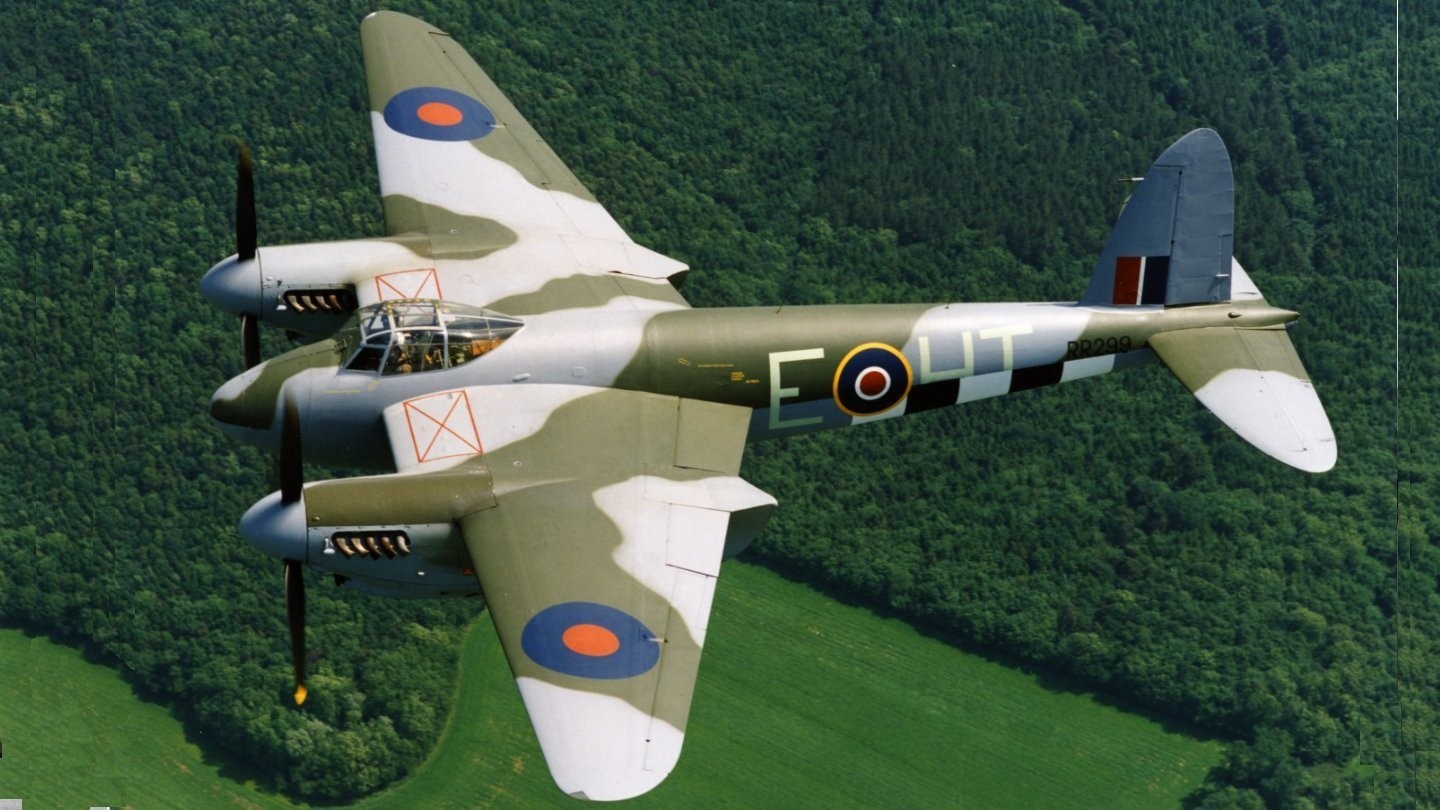
As for the standard armaments with which the de Havilland Dh.98 Mosquito was equipped included 4 guns which were either the Browning machine guns or the Hispano MK II canons. It also had bomber variants which were able to carry an ordinance of 4000 pounds. Due to it having time radio navigation, it was an aircraft that was loved by its operators.
Avro Lancaster
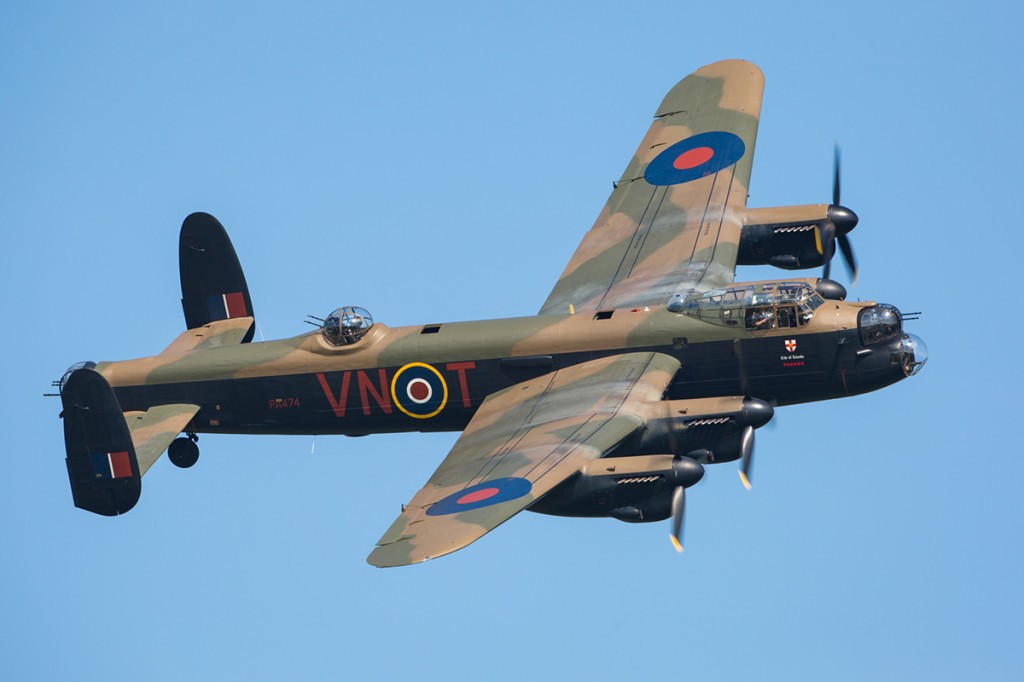
The Avro Lancaster, a British bomber plane from World War II is still being remembered for its many amazing operations that it carried out during the war times and especially during its missions over Europe and other regions. The aircraft during its astounding 156000 sorties was able to drop down nearly 60000 tons of bombing ordinance over its enemies.
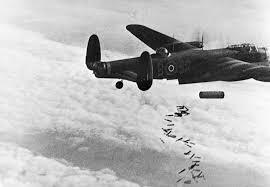
This is the record that the British army is still proud to this very day and it is completely justifiable. Avro Lancaster was able to be operated by a crew of 7 members at a range of impressive 2500 miles allowing it to tread deep into enemy territories.

To deliver the havoc upon its enemies, the Avro Lancaster was equipped with 8 machine guns of defensive purposes while for main attack force; it could deliver a bombing payload of 14000 pounds. The aircraft also had a modification feature that was nicknamed as Grand Slam and it allowed the Avro Lancaster to drop down nearly 22000 pounds of bombs.
17 of these beloved Avro Lancasters of the Royal Air Force are currently in intact shape with 2 of them in condition to be flown. They are often flown during the commemorative events held in the UK and Canada.
Lavotchkin LaGG-3
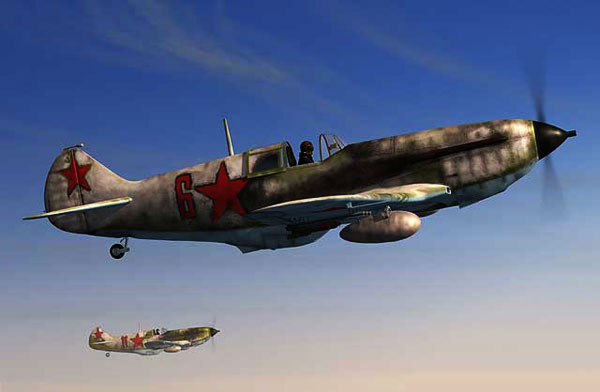
It is a little sad that often the contributions of the Soviet Union are overlooked by the western and the rest of the world historians in defeating the Nazi forces. In fact the amount of Soviet soldiers and civilians that died during World War II is far greater than any other world nation.

The Soviet Air Force also played its part in liberating the world from Nazi Germany invasion and the most of it was carried out by the Soviet Union’s Lavotchkin LaGG-3, a front line fighter plane during the early few years of the wartime. The aircraft first made it appearance back in 1941.
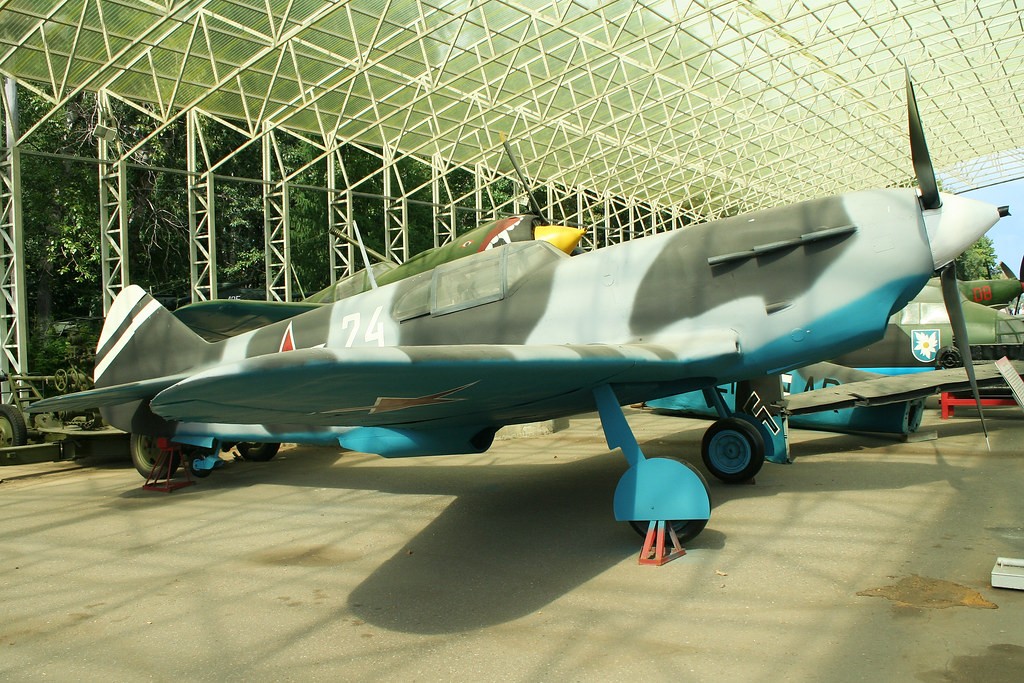
The earliest models of the Lavotchkin LaGG-3were made from pieces of wood that were kept in place with a resin of polyvinyl. The more impressive forms of the Lavotchkin LaGG-3 were made much after that. The aircraft was initially hated by its operators but after the powerful Klimov M-105 engine was introduced for power and the weapons consistent of 2 .50 caliber machine guns as well as single 20 mm cannon were installed in it, the aircraft was enough to carry out any form of attack right in the heart of enemy territory.
Yakovlev Yak-3
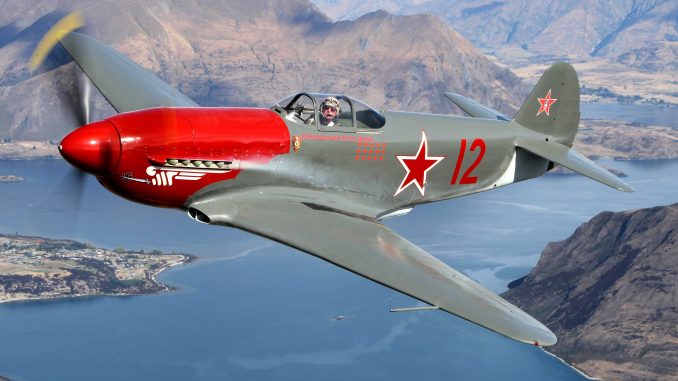
It took time for Soviet pilots to adapt to the LaGG-3 but with Yakovlev Yak-3, they instantly fell in love with the aircraft. Despite making its appearance back in 1941, near the end of war, the Yakovlev Yak-3 flew for hundreds of missions against the Luftwaffe forces.
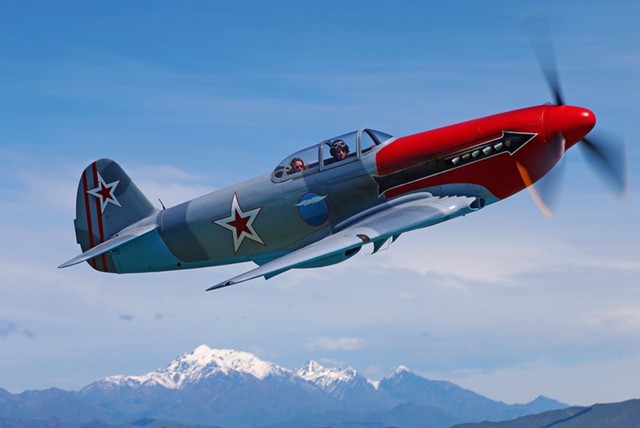
The aircraft with its top speed of 400 mph and being equipped with 2 Berezin UBS machine guns as well as a single 20mm ShVAK cannon mounted on the front was able to deliver heavy blow to enemy forces.

There is not a single one of the original Yak-3s are available, many replicas of the aircraft have been made over the years.
Related Content


